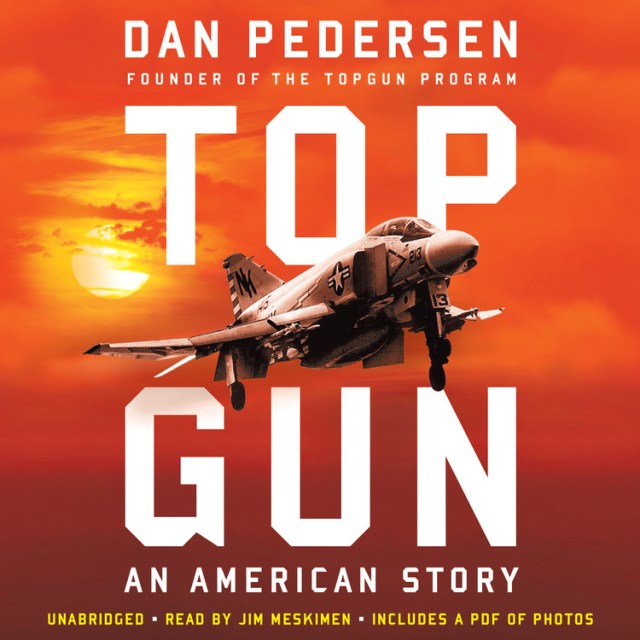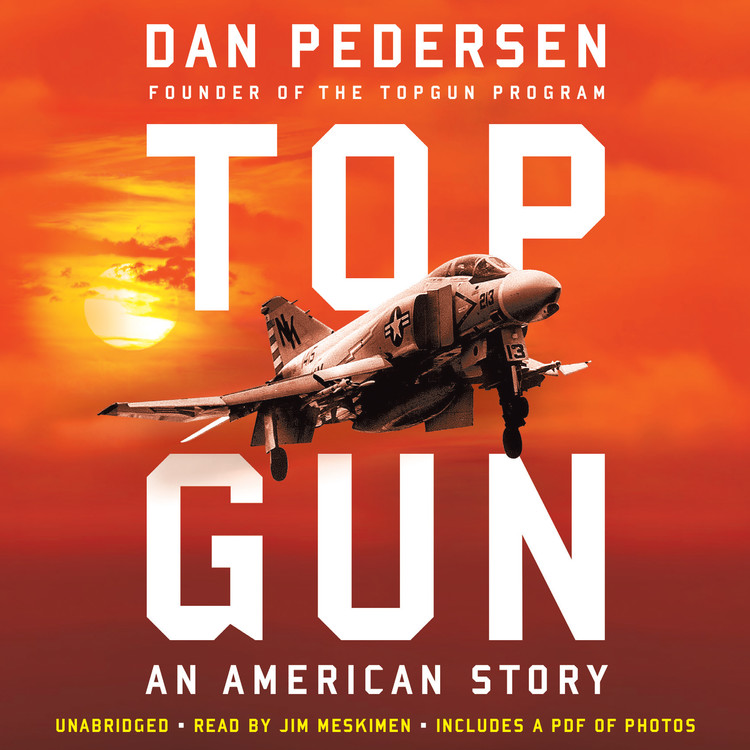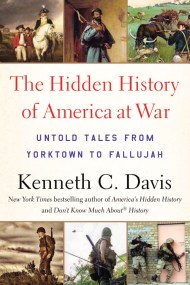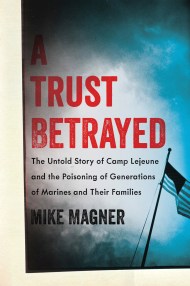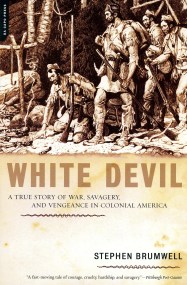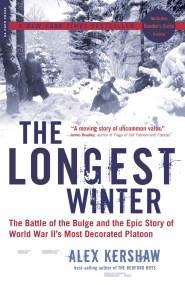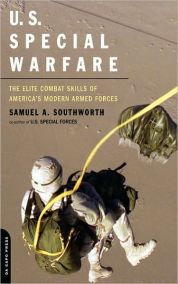Promotion
Use code MOM24 for 20% off site wide + free shipping over $45
Topgun
An American Story
Contributors
By Dan Pedersen
Read by Jim Meskimen
Formats and Prices
Format
Format:
- Audiobook Download (Unabridged)
- ebook $10.99 $13.99 CAD
- Hardcover $29.00 $37.00 CAD
- Trade Paperback $17.99 $22.99 CAD
This item is a preorder. Your payment method will be charged immediately, and the product is expected to ship on or around March 5, 2019. This date is subject to change due to shipping delays beyond our control.
Also available from:
NATIONAL BESTSELLER
“If you loved the movie, you will love the real story in the book.” — Fox & Friends
What resulted was nothing short of a revolution — one that took young American pilots from the crucible of combat training in the California desert to the blistering skies of Vietnam, in the process raising America’s Navy combat kill ratio from two enemy planes downed for every American plane lost to more than 22 to 1. Topgun emerged not only as an icon of America’s military dominance immortalized by Hollywood but as a vital institution that would shape the nation’s military strategy for generations to come.
Pedersen takes readers on a colorful and thrilling ride — from Miramar to Area 51 to the decks of aircraft carriers in war and peace-through a historic moment in air warfare. He helped establish a legacy that was built by him and his “Original Eight” — the best of the best — and carried on for six decades by some of America’s greatest leaders. Topgun is a heartfelt and personal testimony to patriotism, sacrifice, and American innovation and daring.
Genre:
-
"If you loved the movie, you will love the real story in the book."Pete Hegseth, Fox & Friends
-
"If an institution is the lengthened shadow of a single man, then the history of modern naval aviation might well be described as the lengthened shadow of Dan Pedersen. Here, in direct, vivid, and unvarnished prose, is the high-flying, supersonic tale of the Topgun program and its extraordinary founder. Through it all, Pedersen's innovative spirit, as well as his essential modesty, shines through."Hampton Sides, New York Times bestselling author GhostSoldiers and On Desperate Ground
-
"It's hard to read Dan Pedersen's Topgun and not think of Tom Cruise rock-'n'-rollin' through the California mountains in the similarly named motion picture more than 30 years ago...a pleasure to read."Wall Street Journal
-
"Pedersen's bold, white-knuckle action and passion to be the best make this an exciting book from beginning to end."Christian Science Monitor, Best Books of the Month
-
"Goose and Maverick, move over -- this is the true heart of Topgun, told with energy, style, humor, and tactical brilliance...a masterpiece that captures the essence of naval aviation in all its complexity and beauty. Dan Pedersen takes us on a high-speed jet ride through the fast times of Topgun, the Navy, and the need to fight our enemies from a position of superiority."Admiral James Stavridis, USN (Ret.),Supreme Allied Commander of NATO (2009-2013), chairman of the U.S. Naval Institute,and author of Sea Power: The History and Geopolitics of the World's Oceans
-
"With the hot-seat velocity and cockpit realism of a military combat thriller, the author delivers exacting details and emotional acuity....A noble, thrillingly realized combat aviation memoir from one of America's finest."Kirkus Reviews
-
"Capt. Dan Pederson became one of a handful of aviators who convinced Navy brass that a change in tactics was essential....The lives he saved though Topgun training earn him the title of American Hero."Washington Times
-
"A superb read...Dan Pedersen's Topgun is a riveting, seat-of-the-pants flight into the lethal world of the fighter pilot told by the man who started it all!"Dan Hampton, New York Times bestselling author of Viper Pilot and Lords of the Sky
-
"[A] fast-paced memoir...This remembrance of aerial derring-do is sure to appeal to military aviators and fans of the world of fighter pilots, past and present."Publishers Weekly
-
"Teeming with white-knuckled action and the dynamic personalities who would come to define a generation of combat pilots, Topgun brings the deadly dance of air warfare alive."Dick Couch, New York Times bestselling authorof The Warrior Elite and Chosen Soldier
-
"An exciting and well-written journey through more than five decades of naval and air-combat history and the service to which Pedersen devoted most of his life."Booklist
-
"Forget the movie...This book soars...[A] remarkable inside story of how [Pedersen] and eight other risk-takers revolutionized the art of aerial combat."Military Press
-
"A powerful insider's account of an important and uniquely American institution."The Naval Historical Foundation
-
"For those who will never experience the thrilling privilege of soaring at Mach 2 in the back seat of a Navy F-4 Phantom fighter, Dan Pedersen's superb memoir is the next best thing....Many aviators-turned-authors lose readers in jargon and procedures, but Pedersen's full-hearted personal narrative engages them with maverick charm, showing how he and his innovative team reinvented the art of air-to-air combat in the jet age. Topgun: An American Story is as revelatory as a freshly declassified briefing, written with the flair and insight of Tom Clancy."Michael Fabey, author of Crashback: The Power Clash Between the U.S. and China in the Pacific
-
"This book is an enthralling read at a breakneck pace, capturing the speed of aviation development from the late '50s through the early '80s....It is in the end a story about renewal and hope for all who dare to be the best of the best and in so doing, improve the world around them."U.S. Naval Institute's Proceedings magazine
-
"Pedersen's soaring new memoir details the roots of America's aerial combat crisis in Vietnam and the stunning response that resurrected American primacy in the skies...[Pedersen] often writes with the precision and artistry of a skywriter, especially when he describes his love of flight....[A] spellbinding memoir."The Charleston Post and Courier
-
"One of the great turnarounds in modern military history."CBN
-
"Thrilling, masterful, and meticulously detailed...Outstanding...Riveting...One of the best written, and most historically significant aviation books of the last three decades."The Aviationist
- On Sale
- Mar 5, 2019
- Publisher
- Hachette Audio
- ISBN-13
- 9781549113550
Newsletter Signup
By clicking ‘Sign Up,’ I acknowledge that I have read and agree to Hachette Book Group’s Privacy Policy and Terms of Use
